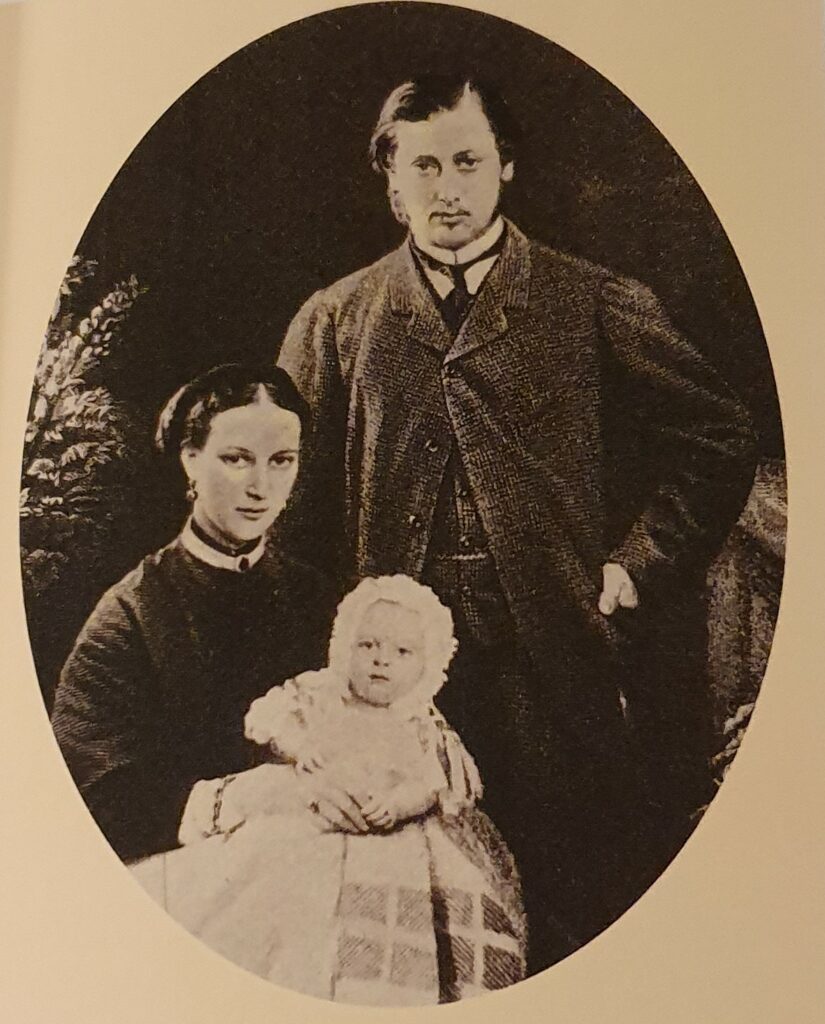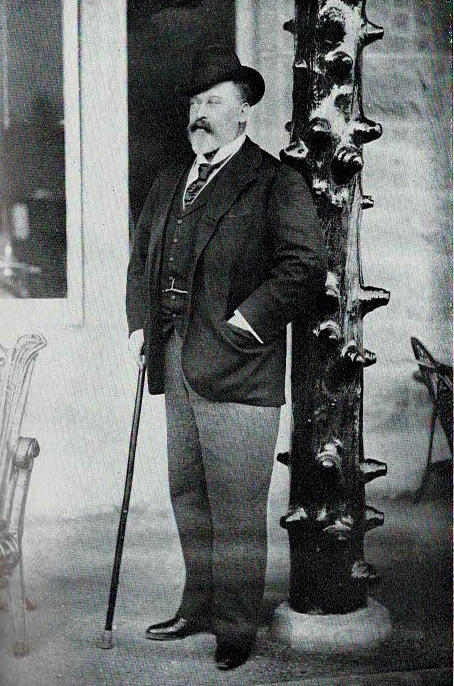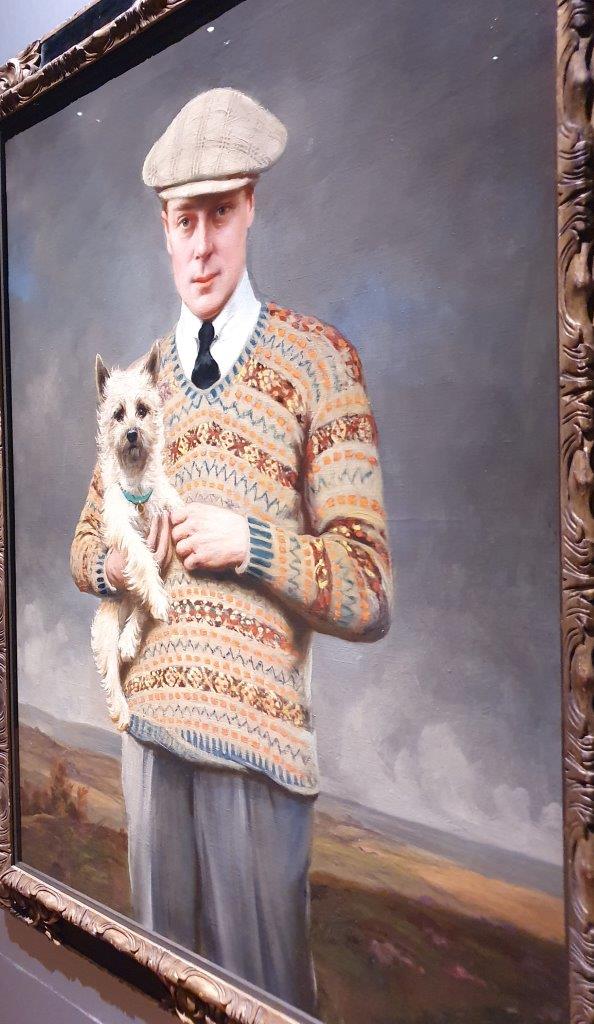Under Laver’s three principles, military and naval uniforms fall very much into the Hierarchical Principle. The last British king ostensibly to lead an army on the field of war was King George II (1683-1760) at the Battle of Dettingen in Bavaria on 27 June 1743 during the War of the Austrian Succession.
Even though an elderly Scottish general, John Dalrymple, the 2nd Earl of Stair (1673-1747), had operational control of the British, Hanoverian and Austrian troops who triumphed over the French, Dettingen is remembered as the last time a reigning British monarch led troops in combat.
In recognition of the vital role of the British infantry in the victory, Dettingen is the name of one of the training companies at the Royal Military Academy Sandhurst, a venue that Dege & Skinner has been serving for decades.
The 19th century was the high-water mark for the complexity of the uniforms of the British Army, which numbered dozens of regiments and corps that each developed its distinct uniforms.
Especially for the officers, there was not just one uniform, but several variations for different occasions – mess dress differed from active service wear. Top tailors like J Dege were expected to be fully cognisant of every last detail of each uniform as every element had a practical purpose or a symbolic meaning.
While the oldest son of the monarch was groomed for kingship, other male offspring usually were destined for a career in the navy – the Senior Service – or the army.
When he married the Danish Princess May of Teck (1867-1953), later Queen Mary, on 6 July 1893 the future George V wore the uniform of a captain in the Royal Navy. He had joined the service as a 12-year-old cadet on the training shop HMS Britannia.
As the second son of Bertie and Alexandra, he was the “spare” but he became the heir in January 1892 after the unexpected death of his older brother Eddy.
George’s progress in the Royal Navy saw him require the uniforms of a Cadet, Midshipman, Sub-Lieutenant, Lieutenant, Commander, Captain, Rear-Admiral, Vice-Admiral, Admiral and Admiral of the Fleet.
Additionally, some of his other military appointments required him to wear the uniform of the Colonel-in-Chief of the Royal Fusiliers (City of London Regiment), the Colonel-in-Chief of the Royal Marine Forces, an Honorary Colonel of the 4th County of London Yeomanry Regiment (King’s Colonials), the Colonel-in-Chief of the Royal Welsh Fusiliers, and the Colonel-in-Chief of the Queen’s Own Cameron Highlanders.
George V was also a Field Marshal of the British Army. As a modern monarch we also was appointed Colonel-in-Chief of the Royal Flying Corps and subsequently Chief of the Royal Air Force.
His uniform tailors will have been kept busy.
Although his usual reputation is of a somewhat boring man interested only in uniforms, shooting game birds, and stamp collecting, George was king across three tumultuous decades from 1910 to 1936.
Perhaps most beneficially for Savile Row, he and May produced four healthy sons as well as a daughter, Mary (1897-1965). A fifth boy, Prince John (1905-1919), died aged 13 after a severe epileptic seizure.
David, the Prince of Wales, who was briefly Edward VIII and subsequently the Duke of Windsor (1894-1972), is the best-remembered (and most controversial) of George V’s sons, but his brothers Albert or Bertie, the Duke of York and later King George VI (1895-1952), and George, the Duke of Kent (1902-1942), also left their mark on the menswear landscape.




















